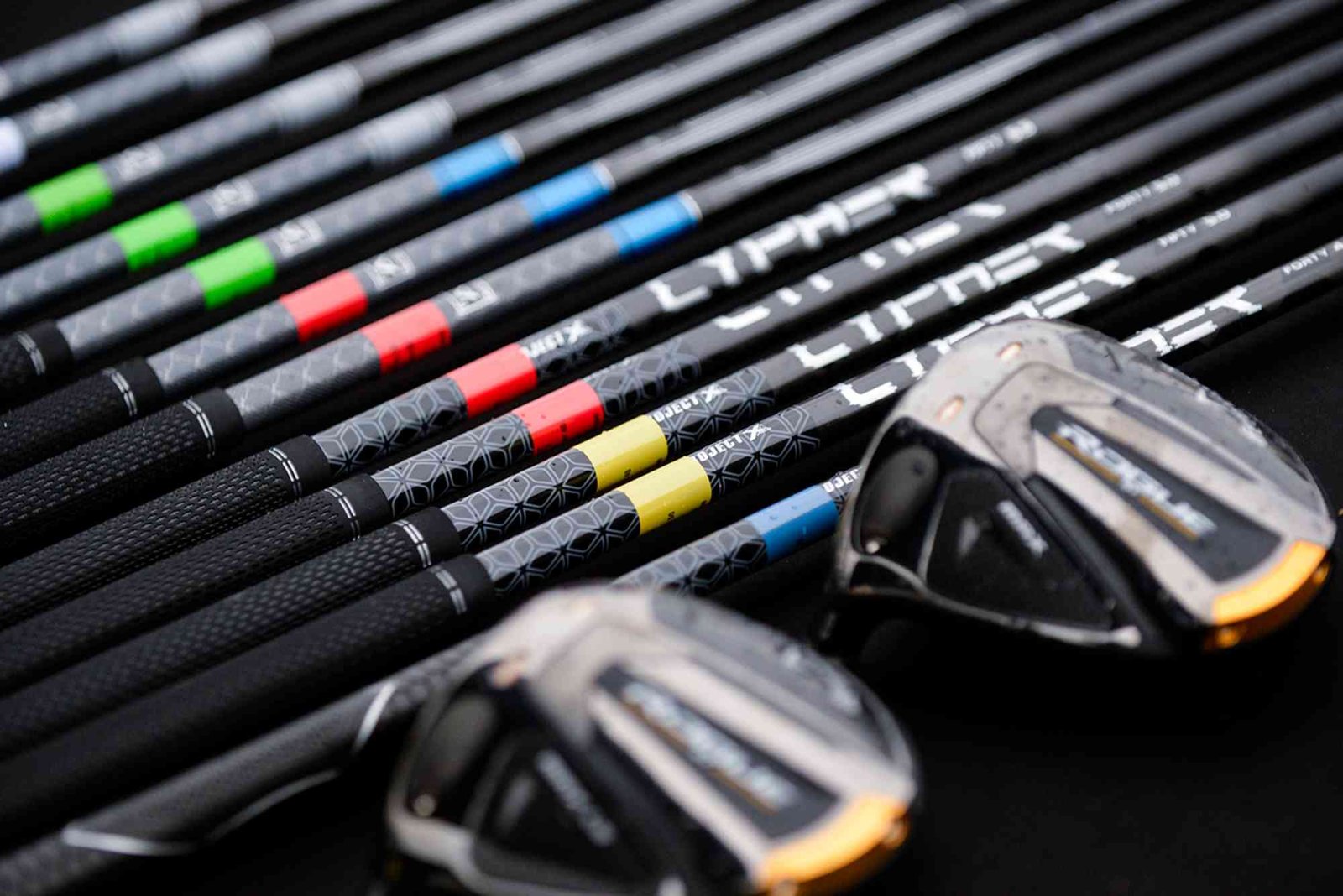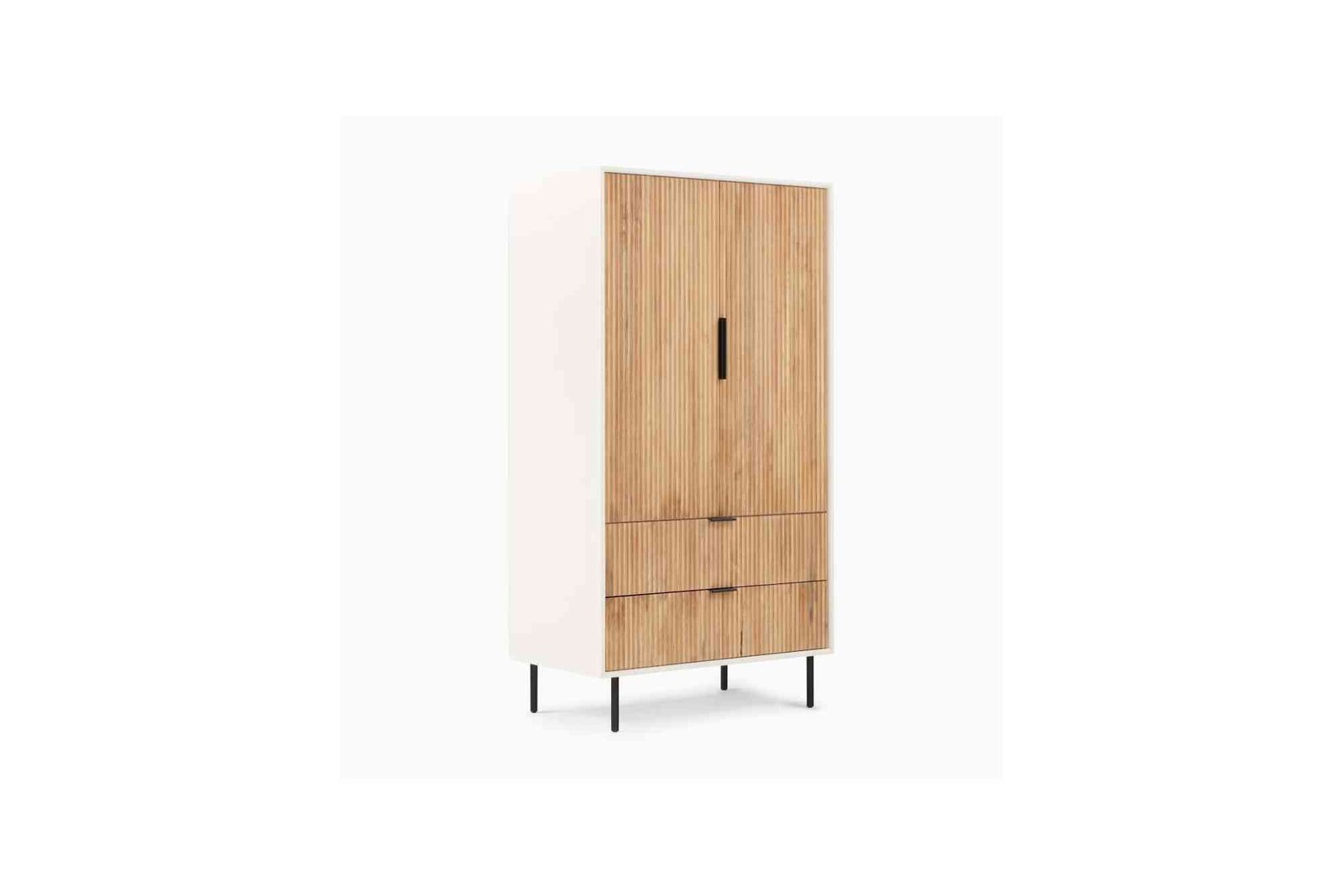Golfers often underestimate how much the shaft affects performance. While many focus on the clubhead, the average golf driver shaft price can vary significantly and directly impact swing speed, accuracy, and overall distance. Understanding what drives these prices—and what you actually need—helps you make a smarter investment.
In this guide, we’ll break down the cost factors, share expert advice, and offer practical tips to help you find the perfect shaft for your game and budget.
Understanding the Average Golf Driver Shaft Price
The average golf driver shaft price typically ranges between $100 and $400, depending on materials, technology, and brand reputation. High-end options can exceed $500, especially if they feature advanced carbon fiber designs or custom fittings.
A premium shaft may seem expensive, but it’s not just about luxury—it’s about optimization. The right shaft can refine your ball flight, improve control, and boost overall performance. On the other hand, an ill-fitted or poor-quality shaft can cost you distance and consistency on every drive.
When comparing shafts, consider that prices reflect a mix of craftsmanship, materials, and performance-enhancing technologies. A mid-range model can still deliver excellent results if properly fitted to your swing speed and playing style.
What Influences Golf Driver Shaft Prices?
Several factors influence the cost of a golf driver shaft. Understanding these elements helps you make an informed decision rather than simply buying based on brand or hype.
Material Composition
The material used in a shaft is a major price driver. Graphite shafts dominate the market due to their lightweight construction and superior flexibility. They offer better vibration dampening, which translates to smoother swings. Steel shafts are heavier but cheaper, offering greater control for some players.
Shaft Technology and Innovation
Manufacturers invest heavily in research and development to produce shafts that improve energy transfer and stability. Technologies that minimize torque and enhance flex consistency can significantly raise the price. For instance, carbon layering techniques and torque-reducing designs often increase production costs but deliver measurable on-course benefits.
Brand and Reputation
Popular brands like Fujikura, Mitsubishi, and Project X often command higher prices due to their track record and tour-level performance. However, many lesser-known brands provide excellent shafts at lower prices, especially for recreational golfers.
Custom Fitting and Personalization
Custom-fitted shafts tend to cost more because they’re tailored to your swing speed, tempo, and launch angle. The fitting process ensures that every dollar spent directly translates to better performance. Investing in a fitting session can sometimes be more valuable than buying a premium shaft off the shelf.
Choosing the Right Golf Driver Shaft for Your Game
Selecting the right shaft goes beyond price—it’s about matching your playing style and physical attributes to the right specifications.
Consider Your Swing Speed
Your swing speed largely determines the flex you need. Slower swingers generally benefit from more flexible shafts, while faster swingers require stiffer options for control. Choosing the right flex ensures the clubhead returns squarely to impact, improving shot accuracy.
Weight and Feel
A lighter shaft can boost your swing speed, but it may reduce stability for some players. Heavier shafts offer more control but can be tiring over long rounds. The key is balance—select a weight that complements your rhythm without forcing your mechanics.
Launch and Spin Characteristics
Shafts influence launch angles and spin rates. Players seeking higher trajectories should look for shafts designed to increase launch, while those fighting excessive spin can benefit from lower-launch models.
Expert Tips to Get the Best Value
Experienced golfers and club fitters often emphasize one principle: don’t chase the most expensive shaft—chase the right one.
Start by testing several options before buying. Visit a professional fitter who uses launch monitor data to analyze your swing. This data-driven approach prevents guesswork and ensures your purchase delivers tangible performance gains.
Keep an eye on older shaft models too. Last year’s high-end shaft often sells at a fraction of the original price while offering near-identical performance. If your budget is limited, this is a smart way to access premium technology without overspending.
Also, remember that shafts age. Over time, repeated stress can subtly alter their flex characteristics. If you’ve used the same driver shaft for several seasons, it might be time to test new options.
Common Mistakes Golfers Make When Buying Shafts
Many golfers buy based on marketing claims rather than personal needs. They often overlook shaft flex or weight, focusing solely on price or brand. This leads to mismatches that negatively affect distance and control.
Another common mistake is assuming that professional-grade shafts automatically improve performance. A Tour-level shaft is designed for faster swing speeds and may be too stiff for an amateur. Always prioritize fitting and feel over prestige.
Lastly, avoid changing shafts too frequently. Consistency is crucial in golf. Every time you switch, your body needs to adjust to new timing and balance.
How Often Should You Replace a Driver Shaft?
While there’s no strict rule, most golfers should consider replacing their driver shaft every three to five years. If you notice changes in ball flight, loss of distance, or inconsistent contact, those may be signs it’s time for a change.
Weather exposure, storage conditions, and frequency of play also affect shaft lifespan. Regularly inspect your shaft for cracks or wear near the hosel. Even minor damage can compromise performance and safety.
Average Golf Driver Shaft Price: Real-World Scenarios
Recreational golfers typically spend around $150 to $250 for a mid-range graphite shaft. This range provides quality materials and reliable performance without the premium markup.
Competitive amateurs and professionals may invest between $300 and $500 for top-tier options with enhanced stability, optimized torque, and precision manufacturing.
If you’re upgrading from a stock shaft included with your driver, even a moderate upgrade can dramatically change your experience. For most golfers, the difference is noticeable in both distance and accuracy.
To learn more about optimizing your golf setup, visit Average Golf Driver or explore insights about Average Golf Driver Shaft.
Frequently Asked Questions (FAQs)
What is the average golf driver shaft price?
The average cost typically ranges from $100 to $400, depending on material, technology, and fitting. Premium models can exceed $500.
Is a more expensive shaft always better?
Not necessarily. The best shaft is one that fits your swing. A custom fitting often matters more than the brand or price.
How do I know if my shaft is too stiff?
If your shots consistently fade or feel weak, your shaft might be too stiff for your swing speed. Testing with a softer flex can help.
Can I replace a shaft without buying a new driver?
Yes. Most modern drivers allow for easy shaft replacement using adapter systems, making upgrades simple and cost-effective.
How much does professional shaft fitting cost?
A typical fitting session ranges between $50 and $150, depending on the facility and equipment used.
Understanding the average golf driver shaft price helps you make smarter choices. Instead of overspending on hype or underinvesting in your equipment, focus on finding a shaft that matches your swing and goals.
The right shaft can transform your game—enhancing accuracy, consistency, and confidence off the tee. Whether you’re a casual player or a serious competitor, take the time to test, fit, and invest wisely.
If you’re ready to improve your driving performance and learn more about selecting the perfect shaft, explore Average Golf Driver Shaft for deeper insights. For a broader understanding of golf mechanics and equipment, you can also Read more on www.britannica.com.




